Video analysis has revolutionized sports, making tactic planning improvement and performance enhancement possible for every team. With video analysis solutions, teams can unlock game insights, improve communication, and make data-driven decisions that lead to noticeable improvements in the field.
While this technology has a lot of benefits, clubs may have a hard time adopting it. Yet, the effort is worthwhile, as video analysis is more accessible and user-friendly than ever, thanks to advancements in technology that cater to all levels of sport.
This blog outlines five basic steps that every coach, analyst, or manager of sports organizations should take to build a foundation for success in video analysis.
Three Essential Questions to Ask (And Answer!) Before installing Your Sports Video Analysis System
Before diving into setting up your sports video analysis system, it’s crucial to address three key questions to ensure effectiveness and integration:
What type of video do you need, and in what context?
Consider the specifics of what you’re capturing.
- For individual sports, details like optical zoom and high frame rates matter,
- In team sports, ensure you capture wide, high-resolution shots to not miss any action.
When and how will you use the video material?
Whether it’s providing immediate feedback on the field or using video for detailed post-match analysis, consider how you’ll use these videos.
How will this technology fit into your existing workflow?
The success of integrating video analysis technology relies on how well it meshes with your current operations. Consider the capture, analysis, and sharing processes. Each step should enhance your coaching and not complicate your existing methods.
5 Steps to Succeed in Video Analysis
Step 1: Having a Well-Planned Implementation Strategy
Crafting a well-thought-out implementation strategy is crucial for integrating video analysis into your sports program effectively. It’s essential to have a clear vision of how this technology will fit into your existing workflow and coaching processes. For larger organizations, aligning this new tool with the multitude of existing practices can be a significant challenge. Ensuring everyone from top management to the coaching staff understands the benefits and operational changes is key. This strategic alignment helps prevent resistance and streamlines the adoption process.
Starting small is an effective approach to integrating video analysis. By focusing on a specific aspect of training or game preparation, you can gradually introduce the team to the new technology. This method allows everyone involved to get comfortable with the workflow, learn the system, and provide feedback without overwhelming them or creating data overload. As familiarity and confidence grow, scaling up the use of video analysis can occur more naturally, ensuring that the integration is both sustainable and effective.

Step 2: Engage Your Team and Staff
Getting your team and staff involved in video analysis boosts engagement and makes new processes easier to adopt. Start by showing how video analysis improves performance and strategy with specific examples. Demonstrate how video analysis insights improved training outcomes or game-day decisions, making the benefits clear and relatable.
After that, set clear expectations for how you will use video analysis. Discuss how it fits into daily practice and match preparation and how it aligns with the team’s goals. Everyone needs to understand their role in this new tool, from athletes to physiotherapists.
Finally, make sure coaches and athletes can freely express their concerns and feedback about video analysis. It’s really helpful for refining the system and making sure it meets everyone’s needs. Taking feedback seriously and responding to it shows continuous improvement. Team operations are integrated more deeply with video analysis.
Start by showing how video analysis improves performance and strategy with specific examples and set clear expectations for how you will use video analysis.
Need ideas to convince your club manager? -> Read the 7 benefits of adding video analysis to your club structure
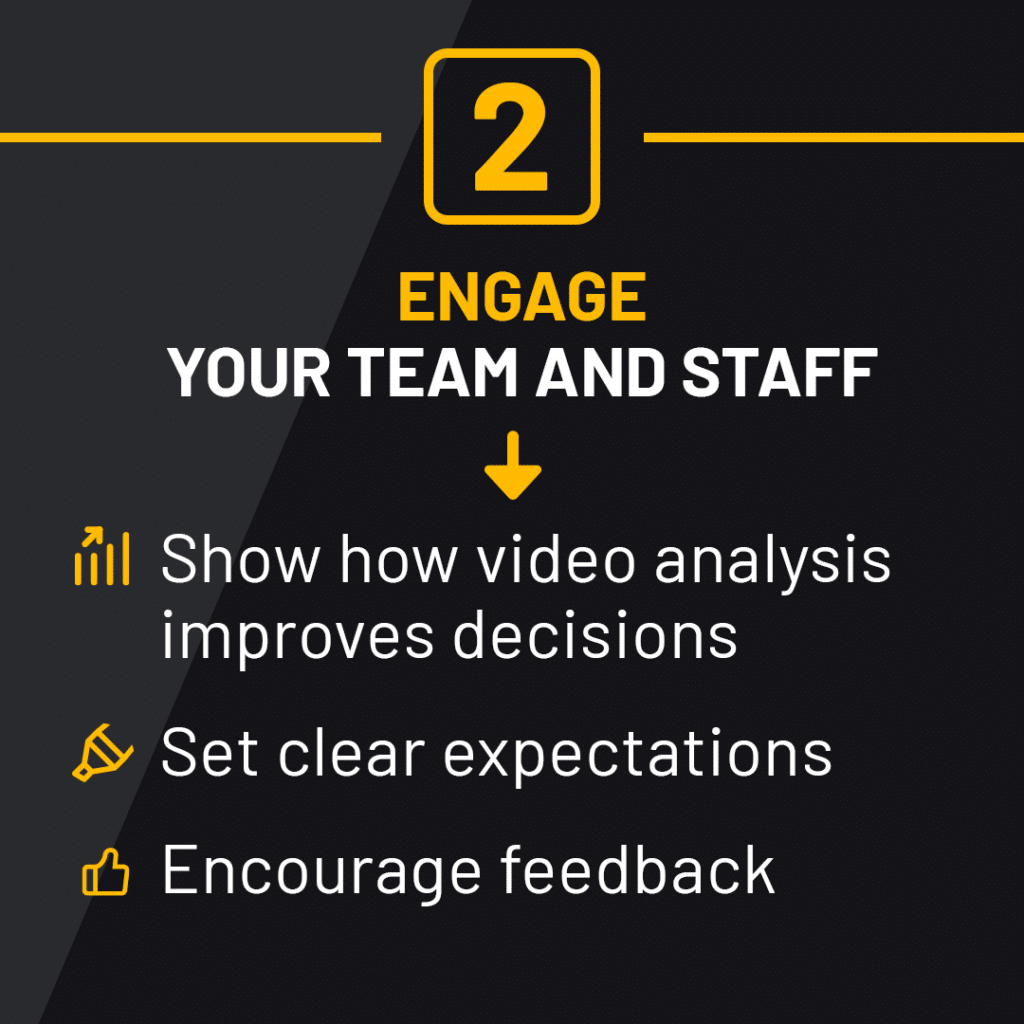
Step 3: Staying Ahead of the Curve
Video analysis is complex and always changing. Here are the four main areas you need to know about:
- In-depth knowledge of the sport and club: In-depth sports knowledge is the foundation upon which video analysis expertise is built. It allows analysts to go beyond simply observing the game and truly understand the complexities and nuances that contribute to success or failure on the field.
- Video analysis principles and methodology: Knowing the basics of video analysis helps to provide clear insights to coaches and players, and ensures reliable, high-quality, and efficient analyses.
- Specific soft skills: Communicate complex data clearly, use visuals effectively, and develop keen observation and critical thinking to spot subtle patterns in the game.
- Video analysis technology: Stay updated with new software, tracking tools, and visualization methods to ensure you’re using the best tools available.
How to acquire this knowledge:
- Develop sports expertise: Watch past games, study player profiles, follow experts, and watch documentaries.
- Explore video analysis software: Test and improve your analysis software use.
- Take courses and workshops: Participate in online courses, workshops, or webinars.
- Read use cases: Study examples of successful video analysis.
- Read best practices: Learn about best practices for video capture and analysis.
- Improve your analytical and communication skills: Continuously develop your ability to analyze data and communicate findings effectively.

Step 4: Integrate Data with Video
You can enhance video analysis by including additional data like game events (tags) and athlete biometrics (like sensors and GPS). In team sports, you will tag specific events or actions in the video to make it easier to retrieve and analyze later.
In the area of individual performance improvement, combining video with quantitative data will give you a more holistic view of performance. With this fusion, you can get a deeper understanding of an athlete’s physical condition and competition-day performance. Ultimately, coaches can tailor training to individual needs and track improvements more accurately.
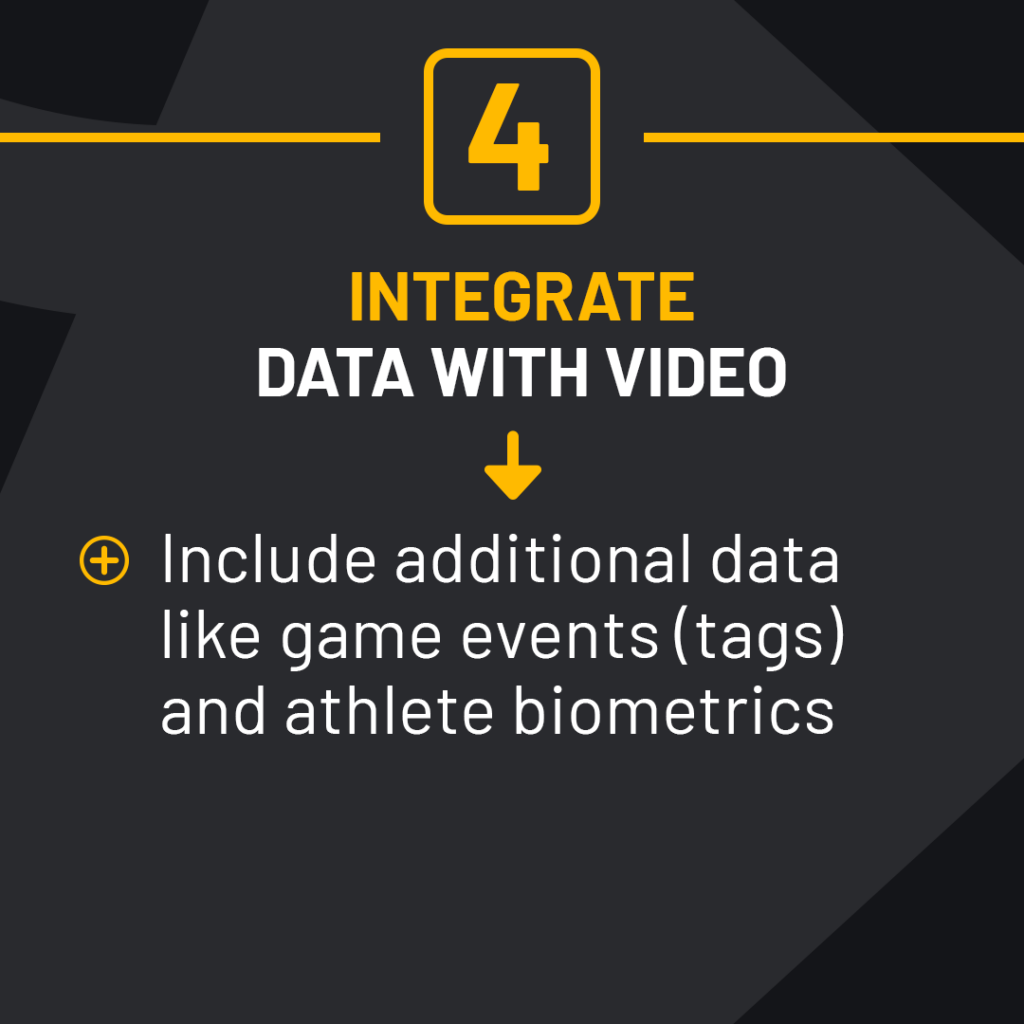
Step 5: Leverage Video Analysis Solution
With its ease of use and powerful features, Dartfish is an invaluable solution for sports clubs looking to leverage advanced analytics.
Dartfish’s expertise and impact
With two decades of expertise in sports video analysis, Dartfish has developed a profound understanding of the challenges and opportunities that sports organizations face. This deep insight drives our innovation and helps tailor solutions that meet the specific needs of each sport and team.
Dartfish is trusted by renowned organizations such as British Swimming, the English Institute of Sport, and UEFA. Their long-standing partnerships with major federations and their role in events like the Olympic Games highlight Dartfish’s role as a leader in sports performance technology. It demonstrates their commitment to advancing athlete and team development.

Building a Foundation for Success in Video Analysis: Wrapping Up
Video analysis is a significant change in sports, enhancing both individual and team performance by translating each action into valuable insights. With tools like Dartfish, coaches can dissect games and practices with precision, ensuring that athletes gain every advantage in training and competition.
The impact of video analysis is clear across various sports, as seen in successful case studies. By adopting this technology, teams gain a competitive edge, making now the perfect time for sports programs to integrate video analysis into their strategic plans.
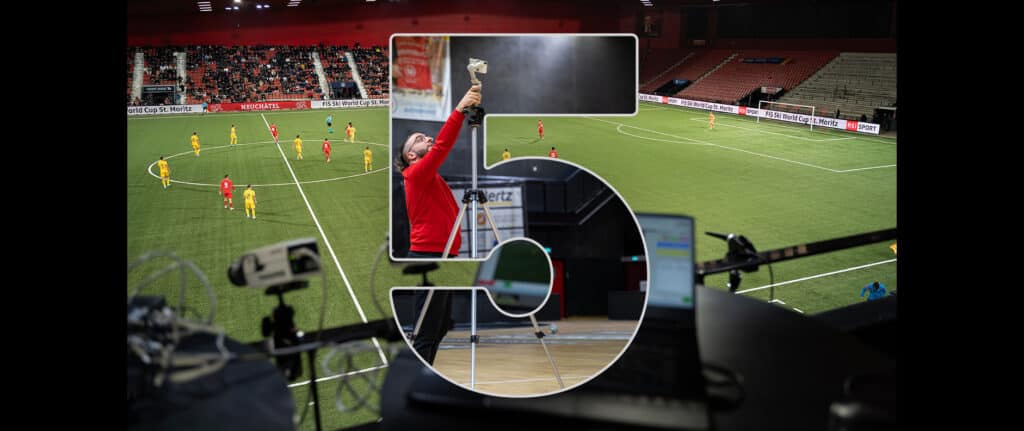

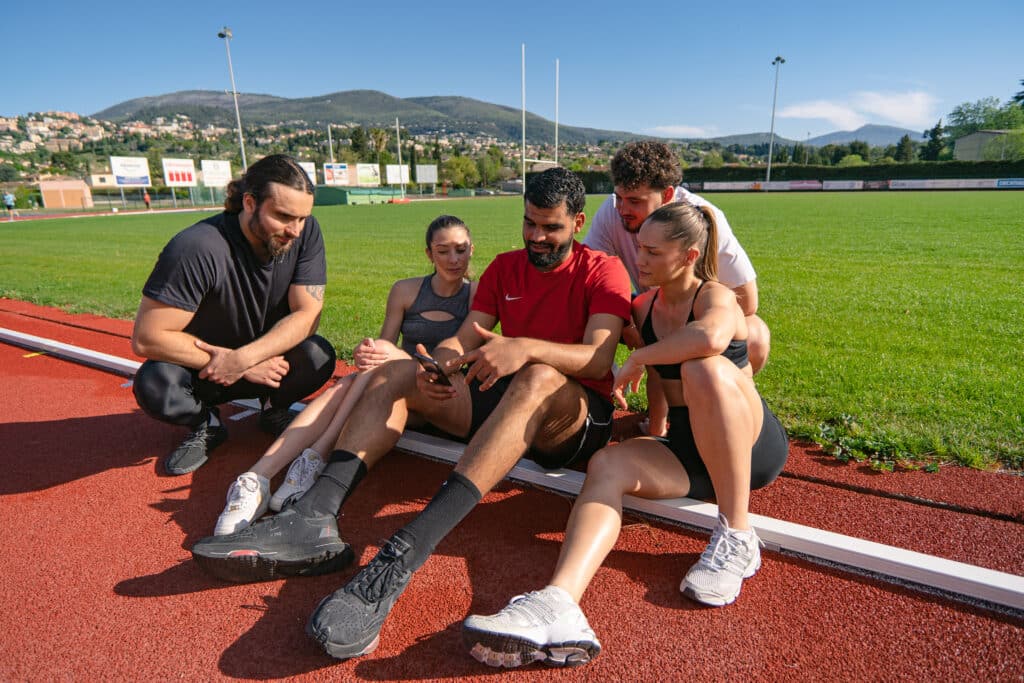
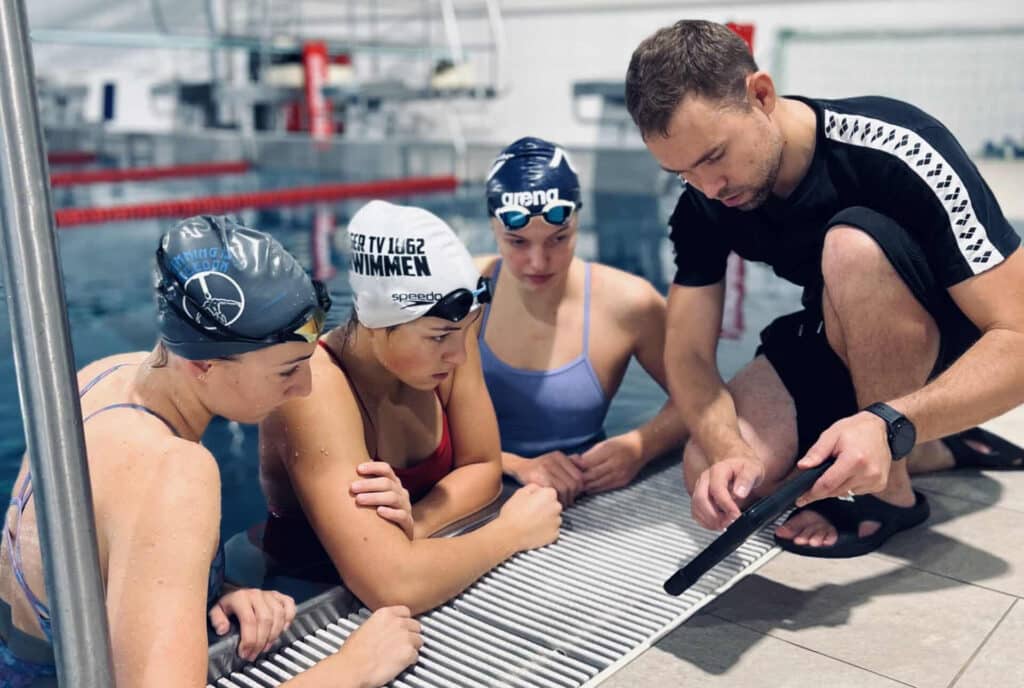
Comments are closed.